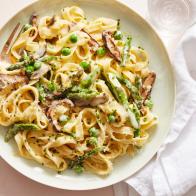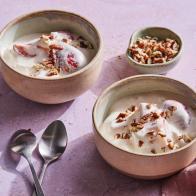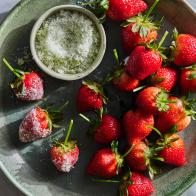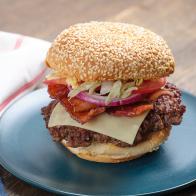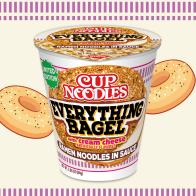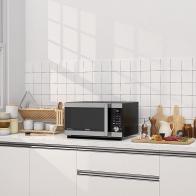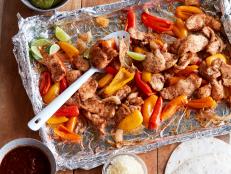What Tracking My Meals During Quarantine Taught Me About Food
Most importantly, food is not the enemy.


Alexander Spatari/Getty Images
Keeping my meal plan "on track" during this pandemic has felt impossible at times. Seriously, who wants to eat cauliflower rice or a green smoothie in quarantine? Not me. Since the start of the COVID-19 pandemic in March, Americans are snacking more, consuming more alcohol, and baking lots and lots of bread — myself, included. For what it's worth, I am very proud of my new ability to make a mean cinnamon roll and whip up a homemade mac and cheese on a Wednesday.
To me, September marked a fresh start for so many reasons. School started (sort of), gyms opened (with precautions, of course), and now it felt like the right time for me to revamp my food habits. Instead of simply overhauling my whole pantry, I decided to find out just how "unhealthy" my quarantine diet actually was. To do this, I started tracking what I ate, not just for calorie counts, but for macro and nutrient breakdowns. Turns out, my vitamin levels were pretty good, but I wasn't eating enough protein each day and my breakfast was so low in calories, it was no wonder I felt hungry again by 10:30 a.m. So first, I focused on adding protein to every single meal, and eating more for breakfast.
In addition to those changes, here's how tracking food helped me refocus my food goals to finish 2020 feeling healthier and stronger — without giving up mac and cheese on Wednesdays.
Hydration is key.
In addition to tracking my meals, I also tracked my water intake. I suffered from serious headaches and migraines at the beginning of quarantine and noticed that when I drank enough water (about half my body weight in ounces of water) each day, the headaches happened less often. Now, I make sure I keep a giant water cup by my computer and finish it at least three times before going to bed.
An ingredient swap can amp up a whole dish.
I've learned a lot cooking three meals a day for most of quarantine. My weeknight repertoire is much broader than it used to be and I'm more mindful when I grocery shop to make sure I'll use up what I buy each week. I've also learned that throwing leftover greens in a pasta dish or beans in a salad can really amp up the nutritional profile of a dish without much effort. Seeing the nutrition info change with the addition of one ingredient made me realize how easy it is to add good-for-you foods to any meal.
I can eat too much of a good thing.
I like to track food to figure out how different foods make me feel. It probably comes as no surprise that I feel better when I consume more fruits and veggies each day. However, when my fiber intake gets too high, my gut responds with gas and discomfort. Tracking the foods I consume helps me to understand which combinations of foods and nutrients work best for my digestive system.
Food is not the enemy.
All food can be part of a healthy diet. Knowing the nutrition breakdown of everything I eat helps me make more informed choices. A piece of pizza or a serving of chewy candy won't ruin all my goals, especially when consumed in moderation — and sometimes, comfort food is what my body really needs, anyway.
Related Links:
